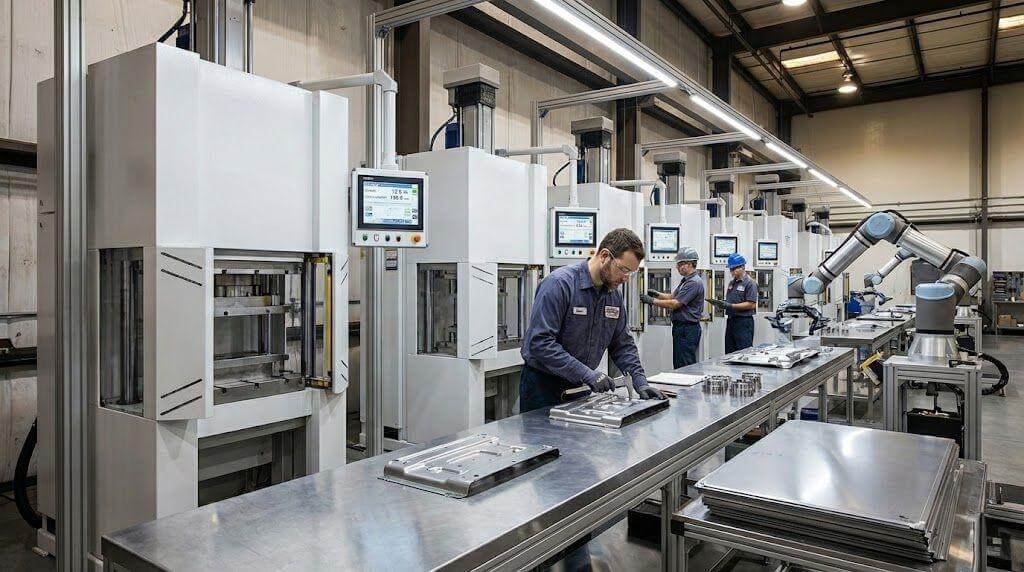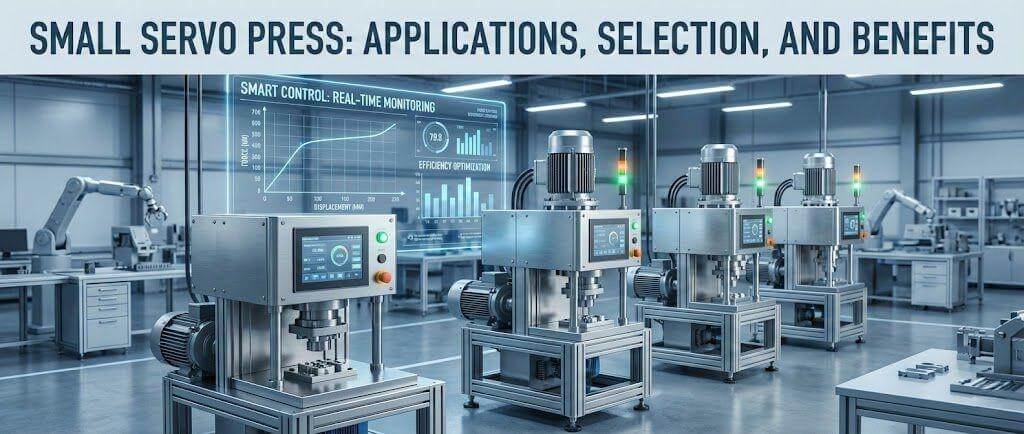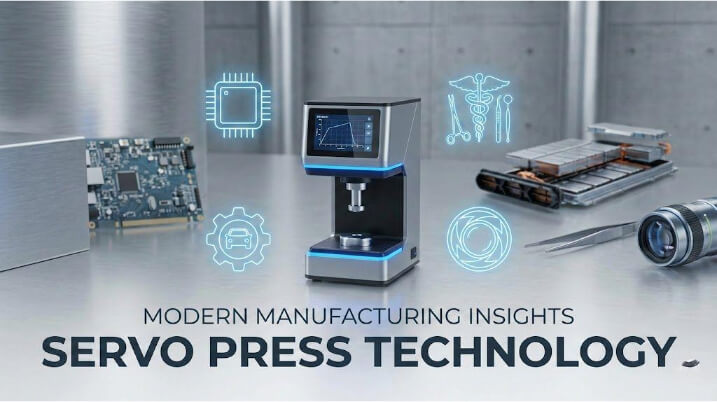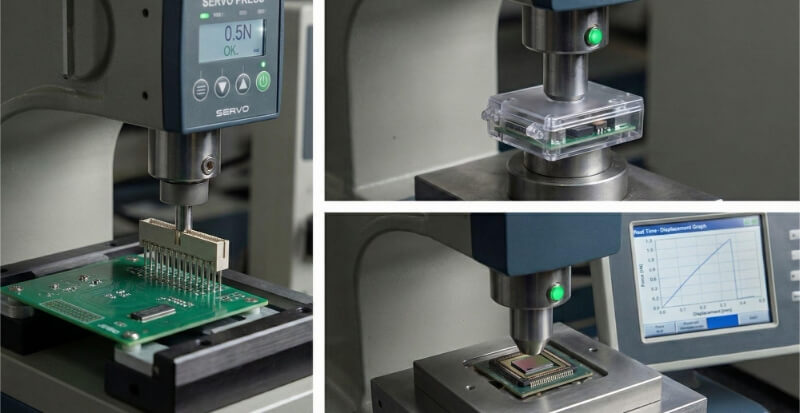Quando um dispositivo eletrónico fica demasiado quente, a seleção do material correto do dissipador de calor é crucial. A grande questão é: como escolher um dissipador de calor que arrefeça eficazmente, se enquadre no seu orçamento e se integre perfeitamente no seu design? O alumínio e o cobre são os dois materiais que as pessoas comparam com mais frequência. Cada um tem os seus pontos fortes. A melhor escolha depende das necessidades do seu projeto.
Os dissipadores de calor de alumínio são uma opção sólida para a maioria das tarefas de arrefecimento. São mais leves do que o cobre e custam menos. Os dissipadores de calor de cobre transferem melhor o calor, mas são mais pesados e mais caros. Se estiver à procura de um equilíbrio entre custo, peso e desempenho, o alumínio é normalmente a melhor escolha. No entanto, se necessitar de um arrefecimento de alto nível num espaço confinado, o cobre é a melhor opção.
Ambos os materiais têm os seus prós e contras. Na próxima parte, abaixo, vamos analisar as diferenças entre os dissipadores de calor de alumínio e cobre. Isto ajudá-lo-á a determinar qual deles é o mais adequado para a sua configuração.
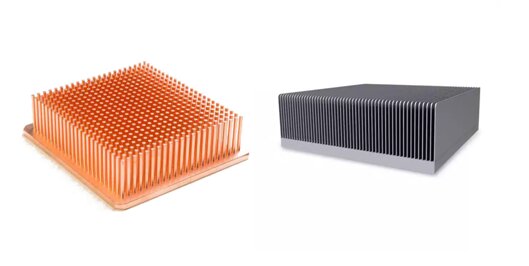
O que é um dissipador de calor?
Um dissipador de calor é um componente que ajuda a arrefecer outros componentes através da dissipação de calor. Espalha o calor no ar para evitar que as coisas fiquem demasiado quentes. A maioria dos dissipadores de calor tem aletas ou placas planas. Estas formas criam uma área de superfície maior, permitindo que o ar transporte mais calor.
Os dissipadores de calor têm várias formas e são fabricados de diferentes maneiras. Alguns são prensados ou maquinados. Outros são fundidos ou unidos a outras peças. No entanto, a função continua a ser a mesma - retirar o calor da peça e colocá-lo no ar circundante.
Os dissipadores de calor funcionam com base em duas ideias fundamentais: condução e convecção. Primeiro, o calor flui da parte quente para o dissipador de calor. A isto chama-se condução. Em seguida, o calor move-se da superfície do dissipador para o ar. É a convecção.
Alguns dissipadores de calor utilizam ventoinhas ou fluxo de ar externo para melhorar o arrefecimento. Outros dependem apenas do fluxo de ar natural. O tipo de material utilizado também é importante. Alguns materiais absorvem e espalham o calor mais rapidamente do que outros.
Visão geral dos dissipadores de calor de alumínio
O alumínio é o material mais utilizado para dissipadores de calor. É popular em muitas indústrias devido ao seu equilíbrio entre desempenho térmico, peso e preço.
Propriedades do alumínio
O alumínio tem uma boa condutividade térmica. Não transfere calor tão rapidamente como o cobre, mas continua a ter um bom desempenho na maioria das aplicações. A sua condutividade térmica varia entre 200 e 235 W/m-K, dependendo do grau.
O alumínio é leve. Pesa cerca de um terço do peso do cobre. Isto torna-o uma boa escolha quando o peso é um fator a considerar.
O alumínio é também fácil de maquinar, extrudir e moldar. Isto reduz o custo de produção. Resiste à corrosão, especialmente quando anodizadoPor isso, dura mais tempo em muitos ambientes.
Graus de alumínio comuns para dissipadores de calor
Os dois tipos mais comuns de dissipadores de calor são 6061 e 6063:
- 6061: Mais forte e melhor para peças que necessitam de maquinagem. Adequado para a resistência estrutural.
- 6063: Tem um melhor acabamento superficial e é mais fácil de extrudir. Frequentemente utilizado para perfis complexos de dissipadores de calor.
Métodos de fabrico
Os dissipadores de calor de alumínio podem ser fabricados através de vários métodos:
- Extrusão: Método mais comum. O alumínio é empurrado através de uma matriz para formar aletas. Adequado para grandes volumes e formas simples.
- Maquinação CNC: Utilizado para formas exactas ou pequenos lotes. Custo mais elevado, mas elevada precisão.
- Fundição sob pressão: Ideal para formas complexas com espaços reduzidos. Mais custos de ferramentas à partida.
- Barbatana colada: As alhetas são unidas a uma base. Utilizadas quando é necessária uma superfície elevada num espaço reduzido.
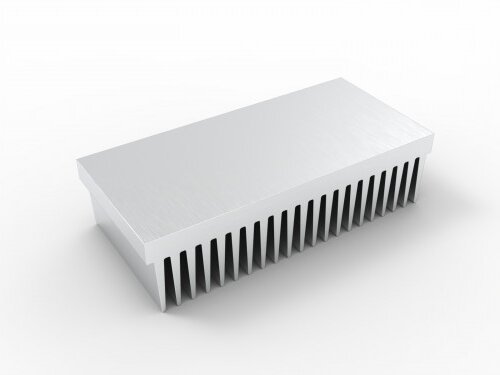
Visão geral dos dissipadores de calor de cobre
O cobre é conhecido pela sua excecional condutividade térmica. É frequentemente utilizado em sistemas de alta potência ou de espaço limitado, onde a rápida transferência de calor é fundamental.
Propriedades do Cobre
O cobre tem uma condutividade térmica muito elevada. Esta varia entre 380 e 400 W/m-K, o que é quase o dobro da do alumínio. Isto significa que o cobre pode afastar o calor de uma peça quente muito mais rapidamente.
O cobre é pesado. É cerca de três vezes mais pesado do que o alumínio. Este peso adicional pode ser um problema em sistemas portáteis ou sensíveis ao peso.
É também mais difícil de maquinar e mais caro. Mas, em termos de desempenho térmico, é um dos melhores materiais disponíveis.
Graus comuns de cobre para dissipadores de calor
Os tipos de cobre mais utilizados nos dissipadores de calor são:
- C110 (Electrolytic Tough Pitch, ou ETP): Condutividade muito elevada. Tem uma pureza superior a 99,9%. Utilizado quando é necessário o melhor fluxo térmico.
- C102 (Cobre isento de oxigénio): Pureza ainda mais elevada e condutividade ligeiramente melhor do que o C110. Frequentemente utilizado em eletrónica avançada ou em sistemas de vácuo.
Técnicas de Fabricação
Os dissipadores de calor de cobre são fabricados através de diferentes métodos:
- Maquinação CNC: Mais comum para o cobre. Permite obter tolerâncias apertadas e superfícies lisas, mas é moroso e caro.
- Desnatação: Uma lâmina corta aletas finas a partir de um bloco de cobre sólido. Isto permite obter aletas de alta densidade sem necessidade de colagem.
- Forjamento: Bom para alta resistência e desempenho térmico. É utilizado quando a durabilidade é um fator importante.
- Soldadura ou brasagem: Frequentemente utilizado para unir peças de cobre ou para adicionar alhetas a uma base de cobre.
Dissipador de calor de alumínio vs. cobre: Principais diferenças
Ao escolher entre dissipadores de calor de alumínio e cobre, alguns pontos-chave são os mais importantes. Cada fator afecta a forma como projecta e constrói o seu sistema.
Condutividade térmica
O cobre tem uma condutividade térmica superior à do alumínio. O cobre pode transferir calor quase duas vezes mais depressa. Isto ajuda-o a afastar mais rapidamente o calor das partes quentes.
O alumínio continua a ter um bom desempenho em muitos sistemas. Para grandes áreas de superfície ou quando o fluxo de ar é bom, a diferença na condutividade pode não ter muita importância. Mas em espaços apertados ou configurações de alta potência, o cobre proporciona uma melhor transferência de calor.
Peso
O alumínio é muito mais leve do que o cobre. Pesa cerca de um terço do peso. Isto torna-o ideal para dispositivos em que o peso é um fator a considerar, como computadores portáteis ou ferramentas de mão.
O cobre acrescenta muito mais peso. Em alguns projectos, esse peso extra pode afetar a forma como o sistema é montado ou suportado.
Custo
O alumínio é mais barato. Custa menos para comprar e é mais fácil de processar. Por isso, é a primeira escolha para a maior parte da produção em grande escala.
O cobre é mais caro. Também é mais dispendioso de maquinar e moldar. Por conseguinte, é utilizado principalmente quando o elevado desempenho térmico é mais importante do que o custo.
Resistência à corrosão
O alumínio forma naturalmente uma fina camada de óxido que o protege da corrosão. Também funciona bem com tratamentos de superfície, como a anodização, que aumenta a durabilidade.
O cobre também resiste à corrosão, mas pode ficar manchado ou formar uma pátina verde ao longo do tempo, especialmente em ambientes húmidos ou salgados. Necessita de revestimentos ou chapeamento para uma aparência e proteção a longo prazo.
Capacidade de fabrico
O alumínio é mais fácil de cortar, dobrar e moldar do que outros metais. É adequado para extrusão, CNC e fundição. Isto ajuda a reduzir o tempo e o custo de produção.
O cobre é mais rígido para maquinar. Desgasta as ferramentas mais rapidamente e requer tempos de processamento mais longos. As peças de cobre complexas podem exigir tempo adicional ou métodos especializados.
Capacidade térmica
O cobre tem uma capacidade térmica ligeiramente superior à do alumínio. Isto significa que pode armazenar um pouco mais de calor antes de aumentar a temperatura.
Mas a diferença é insignificante. Na maioria das aplicações do mundo real, a condutividade térmica é mais importante do que a capacidade térmica.
Adequação da aplicação
O alumínio é adequado para utilização em eletrónica de consumo, iluminação LED e sistemas automóveis. Oferece um bom desempenho térmico, mantendo um baixo peso e custo.
O cobre é adequado para configurações de alta potência, como CPUs de servidor, GPUs ou eletrónica de potência. Também é utilizado em sistemas compactos em que o fluxo de ar é limitado e o calor tem de se mover rapidamente.
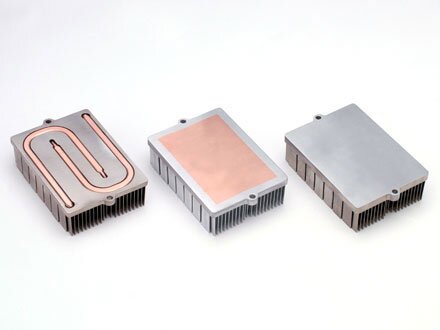
Dissipador de calor de alumínio vs. cobre: Qual deve escolher?
Ambos os materiais funcionam bem, mas a escolha certa depende das suas necessidades específicas. Vamos comparar quando utilizar alumínio ou cobre.
Quando utilizar um dissipador de calor de alumínio?
Utilizar o alumínio quando necessário:
- Uma peça leve
- Custo mais baixo para produção de grandes volumes
- Fácil maquinagem ou extrusão
- Desempenho térmico suficientemente bom para a maioria das aplicações
- Formas simples ou grandes superfícies
Quando utilizar um dissipador de calor de cobre?
Utilizar o cobre quando necessário:
- Máximo desempenho térmico em espaços reduzidos
- Rápida remoção de calor para chips de alta potência
- Arrefecimento estável com caudal de ar limitado
- Modelos compactos com elevada carga térmica
- Caminhos térmicos fortes para sistemas de missão crítica
Conclusão
Os dissipadores de calor de alumínio e cobre têm o seu lugar. O alumínio é leve, fácil de trabalhar e económico. O cobre oferece melhor condutividade térmica, mas também aumenta o peso e o custo. Se a sua aplicação necessita de um arrefecimento elevado num espaço apertado, o cobre é a melhor escolha. Se estiver à procura de uma opção equilibrada que satisfaça a maioria das necessidades, o alumínio é uma escolha adequada.
Precisa de ajuda para escolher o material certo para o seu projeto de dissipador de calor? Entre em contacto connosco para aconselhamento especializado, orçamentos rápidos e soluções personalizadas concebidas para o seu projeto.
Olá, chamo-me Kevin Lee

Nos últimos 10 anos, tenho estado imerso em várias formas de fabrico de chapas metálicas, partilhando aqui ideias interessantes a partir das minhas experiências em diversas oficinas.
Entrar em contacto

Kevin Lee
Tenho mais de dez anos de experiência profissional no fabrico de chapas metálicas, especializando-me em corte a laser, dobragem, soldadura e técnicas de tratamento de superfícies. Como Diretor Técnico da Shengen, estou empenhado em resolver desafios complexos de fabrico e em promover a inovação e a qualidade em cada projeto.

